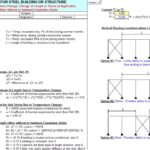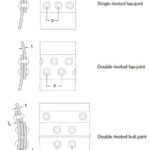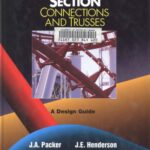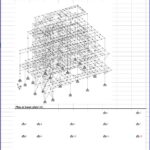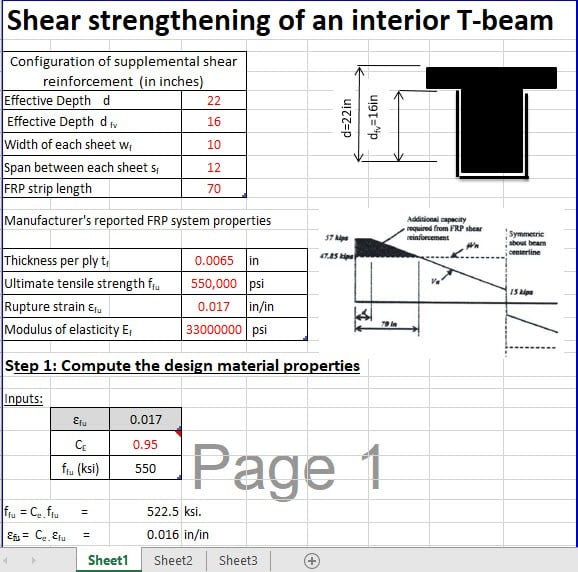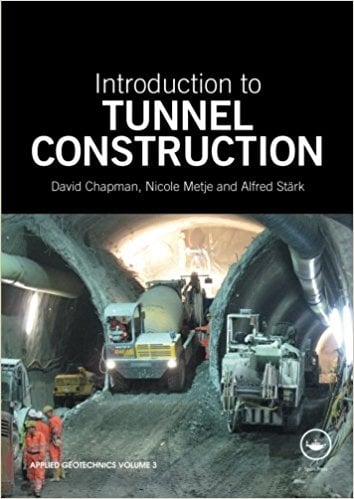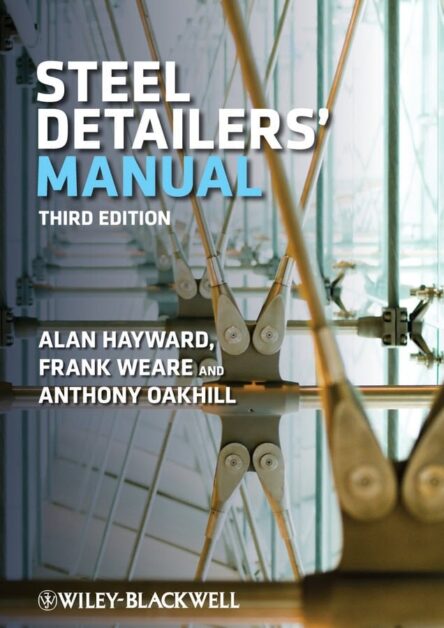
Steel Detailers’ Manual
14 March 2018Steel Detailers’ Manual
sometimes aided by inherent stiffness of floors and cladding. The structural design and detailing of the building must consider this carefully and take into account intended sequences of construction and erection.
Steel is the most versatile of the traditional construction materials and the most reliable in terms of consistent quality. By its very nature it is also the strongest and may be used to span long distances with a relatively low self weight. Using modern techniques for corrosion protection the use of steel provides structures having a long reliable life, and allied with use of fewer internal columns achieves flexibility for future occupancies. Eventually when the useful life of the structure is over, the steelwork may be dismantled and realise a significant residual value not
achieved with alternative materials. There are also many cases where steel frames have been used again, re-erected elsewhere.
often compete to build the structural frame in steel or concrete to maximise use of their own particular skills and resources. This is healthy as a means of maintaining reasonable construction costs. Steel though is able to contribute effectively in almost any structural project to a significant extent.Steel for structural use is normally hot rolled from billets in the form of flat plate or section at a rolling mill by the steel producer, and then delivered to a steel fabricator’s workshop, where components are manufactured to precise form with connections for joining them together at site.
Frequently used sizes and grades are also supplied by the mills to steel stockholders from whom fabricators may conveniently purchase material at short notice, but often at higher cost. Fabrication involves operations of sawing, shearing, punching, grinding, bending, drilling and
welding to the steel so that it must be suitable for undergoing these processes without detriment to its required properties.



